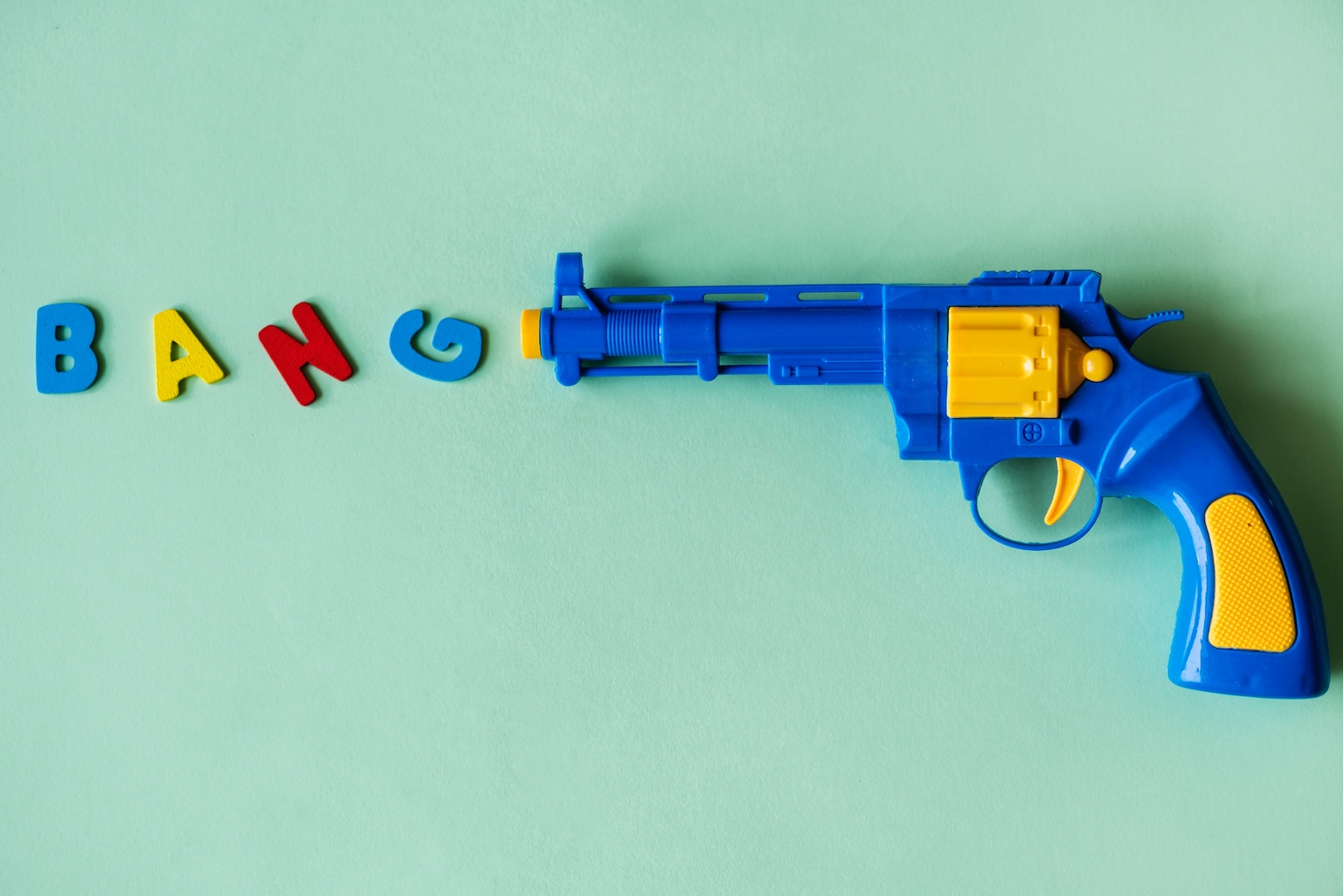Author: cheqdin
Published Date: July 31, 2018
Thanks to stringent quality regulations in most countries, toys are much safer these days and come with appropriate safety warnings and labelling which makes it easier to choose appropriate toys when you buy them from trusted stores. But how careful are you about the hand-me-down toys and donations from parents and the local community?
While it is a kind gesture for many to donate used and unwanted toys to local nurseries and playgroups, some also see it is an opportunity to purge out the clutter from their homes, resulting in a mix of safe and unsafe toys of all conditions making their way to the donation bags. Moreover, it becomes the responsibility of the nursery to sort out the wheat from the chaff.
Apart from checking the toys for their general condition and the obvious dangers such as sharp edges, loose parts, electric and choking hazards, it’s also important to screen them for the less visible hazards that creep in as toxic paints and chemicals.
Toys from unknown suppliers
Though all toys supplied in the UK undergo rigorous testing for toxicity and flammability, many imported toys from unverified suppliers are found to use lead-based paints and plastic containing high levels of lead. Painted wooden blocks, cars and toy jewellery are some of the common culprits in this category.
Lead poisoning is a serious health hazard and is often hard to detect as it does not produce any immediately visible symptoms, but the will have a long-term effect on the child’s brain development, learning and behaviour. As lead poisoning occurs only through ingestion and not through contact or handling, the risk is higher for toddlers and infants who expose themselves to the lead paint or dust by putting the toys in their mouth or chewing at them.
Vintage toys
As endearing as it is to pass down toys with sentimental value, it is best to say a polite no to donations of vintage plastic toys and other cute finds from the attic. Most plastic toys and collectables manufactured before the ban of lead-based paints for toys in 1978 have been found to contain high levels of lead, cadmium and arsenic, exceeding the current US and European limits.
Magnetic Putty
Another one of the toys to watch out for is the recently banned, magnetic putty. Despite coming with a ‘non-toxic’ and ‘not suitable for 0-3’ labelling, magnetic putty was found to contain seven times the amount of permitted arsenic and other heavy metals. It has been taken off the shelves from stores throughout the UK.
Slime
The gooey, squishy slime toy, which tops the current craze chart among kids is being banned in several countries because of the presence of unsafe levels of boron. Safety warnings are being issued in the UK after consumer watchdogs reported eight of the 11 popular slime toys to contain more than four times the recommended levels of Boron. You can find more information on the list of tested slime brands here.
When accepting second-hand toys and donations, always remember to check for the labelling and manufacturing details. It is little surprise that most people do not retain the packaging and instructions that come with the toys. Moreover, in most cases (irrespective of how good a condition they are in) a few years of pummeling and pounding by the little fists would have removed any traces of the safety instructions once printed (or attached) on the toys.
So, if you are not sure of the source of the toy or if it has the safety labels or packaging missing, it is best to discard the toys even if they are donated to you in impeccable condition. It is also advisable to set up a donation policy for your nursery and save yourself much trouble by requesting the parents up front to ensure all donated toys come with clear and visible safety labels and manufacture’s details.
A good attitude toward safety is a key to preventing unnecessary incidents and injuries. Your attitude affects your safety and the safety of everyone around you. Now, as for how to ensure safety at all levels? Well, that's another blog post for another time. You might want to also have a look at Keeping your kids safe online.


